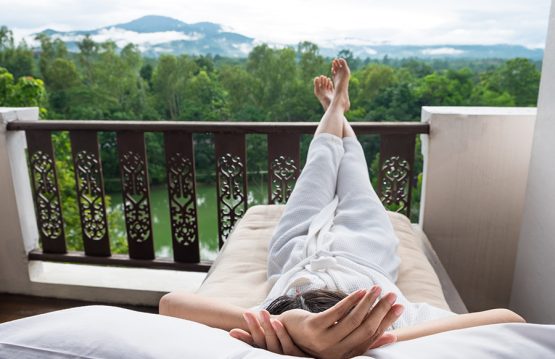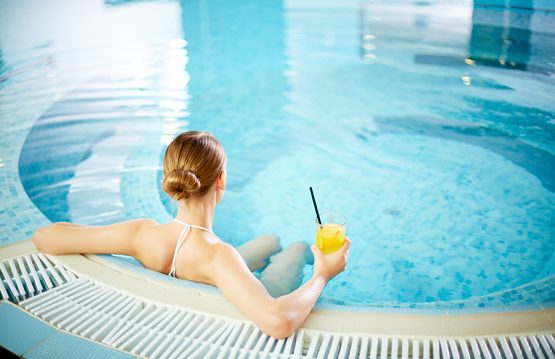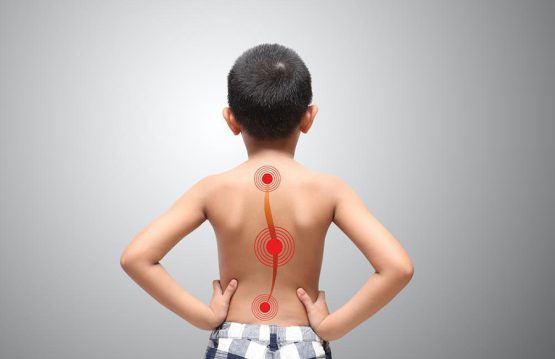Low back pain, regardless of its cause, affects your mobility. Therefore, many times, during a low back pain crisis, bed rest is the first method used to relieve pain.
But experts believe that lying in bed does nothing but aggravate low back pain. On the other hand, however, exercise and exercise are the ones that can relieve back pain. Sport should not be neglected, despite the reduced mobility, if we want to get rid of back pain quickly.
It is true that acute pain can be temporarily relieved by resting in a comfortable posture, when standing or walking causes severe pain. But we should not overdo it in terms of rest, because, in the long run, this rest does nothing but deepen the problem.
Due to prolonged rest, the back muscles are weakened, which means that the muscles will lose their ability to support the spine, which is not desirable in the case of low back pain. At the same time, due to the state in bed, there will be stiffness in the skeletal system, as well as the muscular one.
Another disadvantage of bed rest is the state of weakness that sets in with a lack of physical activity.
Therefore, after resting in bed, the painful episode is prolonged and it becomes more difficult to return to normal physical activities.
CONTENT:
- When bed rest is recommended in case of low back pain
- What exercise to do during a painful episode
- What else can you do to relieve low back pain
When bed rest is recommended in case of low back pain
Rest is recommended in fewer situations than you think, when it comes to low back pain. Specifically, only patients who suffer from spinal fractures and who require surgery should avoid movement of any kind and rest before surgery.
Otherwise, all other patients with low back pain have more to gain from physical activity than from rest.
According to studies in the field, back pain will disappear faster if the patient does not choose the option of bed rest to relieve pain. On the other hand, if the patient feels that he has to stay in bed in order to bear the back pain, the rest should not be longer than 1-2 days, as otherwise the risk of prolonging the pain crisis increases.
What exercise to do during a painful episode
Over 80% of patients suffering from low back pain do not need a specific, personalized physical training. The patient can therefore practice the sports activities that he usually practices. If the pain does not allow this, activities such as swimming, yoga, pilates or aerobics are recommended.
In more severe cases, the recovery specialist will recommend a set of beneficial exercises, depending on the problem causing the low back pain, as well as the severity of the pain.
Physical therapy is recommended for people who have back pain, whether it is caused by a muscle strain or if it is based on more serious conditions, such as a herniated disc.
What else can you do to relieve low back pain
A painful crisis can be combated with remedies at hand such as:
Hot or cold compresses – use a towel on the painful area that you press beforehand, so that it is warm, or a bag of frozen peas, wrapped in a towel. Ideally, you should use cold compresses for the first 2 days after the onset of back pain, and then warm compresses.
Ice will soothe pain and fight inflammation, while warm compresses will relax the back muscles, relaxing the area.
Lumbar massage is also effective in relieving low back pain. You can use an anti-inflammatory ointment to increase the effectiveness of this massage. The massage can be done by a close person – husband, wife, brother, but also by a specialist. A masseur technician knows exactly which areas to massage and what movements to use, so that the pain is relieved.





